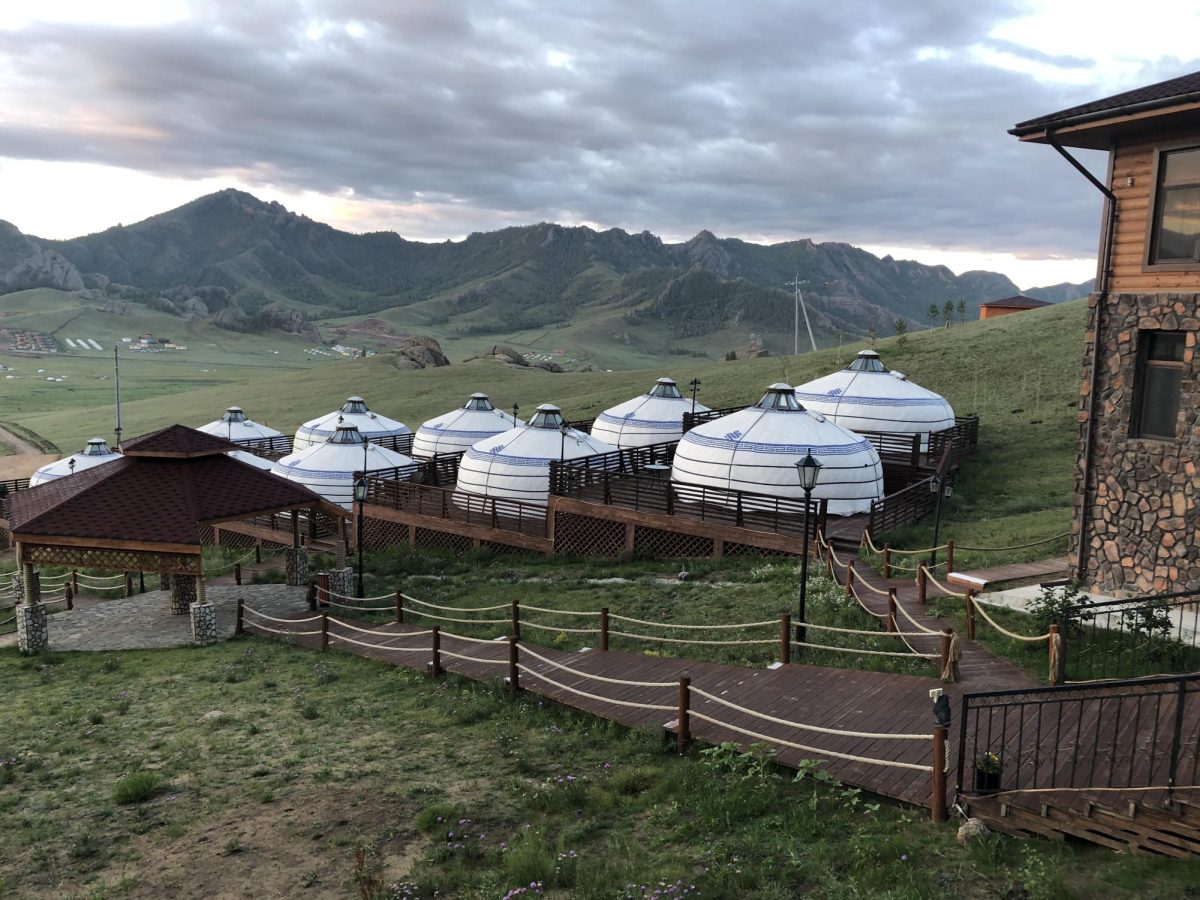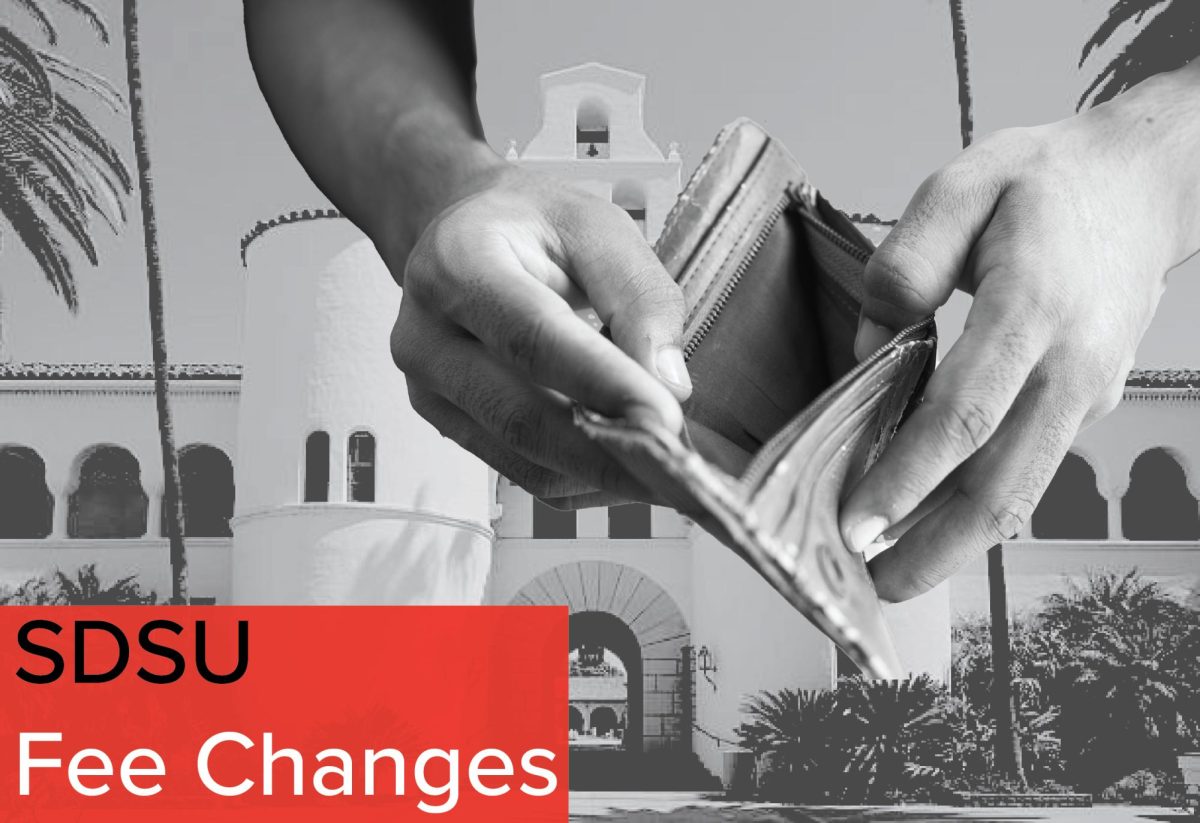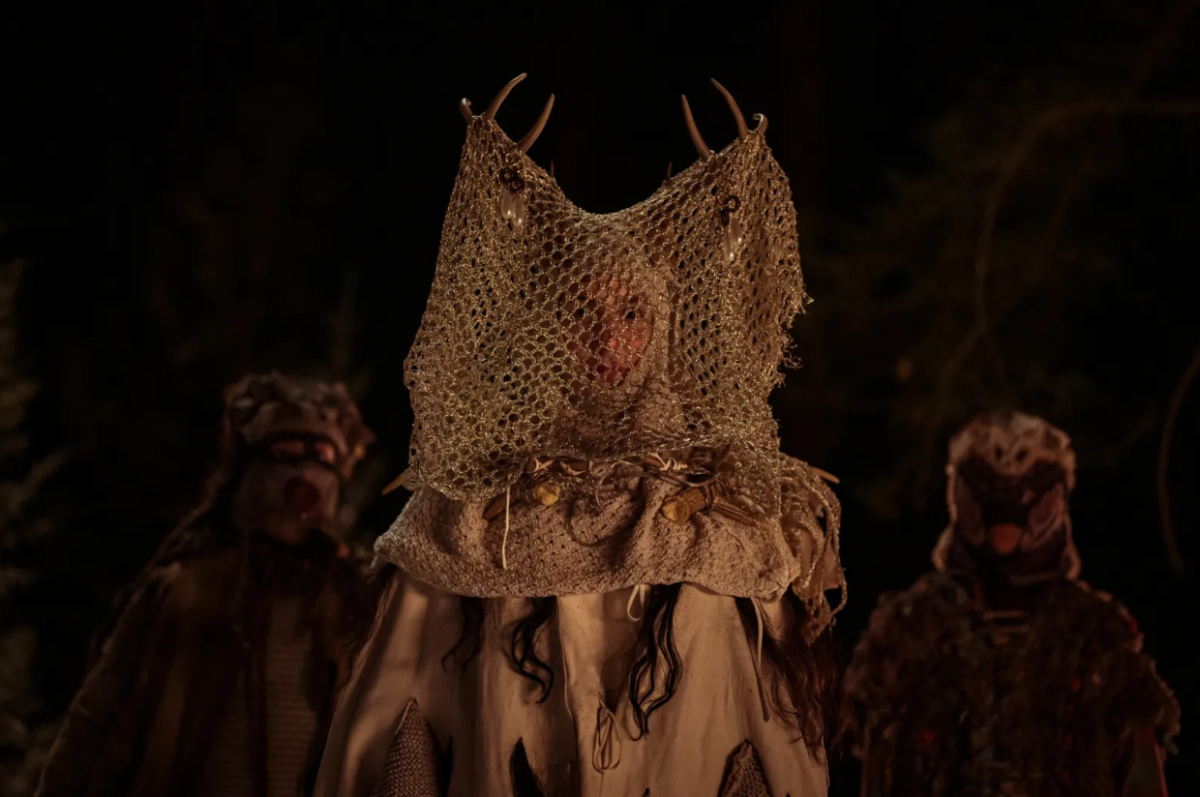Every summer, California’s coast explodes with feather boas and day drinking as massive Pride celebrations sweep the major cities. Whether you’re in San Francisco, West Hollywood or Hillcrest, you can expect a similar scene.
Drag queens with outrageous wigs and lip-liner march in unisonTo the right, queer firefighters and to the left, leather-clad men and their children. Lesbians ride by in procession on huge motorcycles while queer doctors offer free STD testing. There are queer band teachers, accountants, politicians, vegans and even Republicans.
People from all backgrounds and ways of life come together to celebrate progress, love and unity in the face of hate. It’s a sacred celebration of a community that has made progress despite the oppression and hate our forefathers have faced before us.
And yet, as Pride came and went, I felt a strange dichotomy of wanting to celebrate the progress the LGBTQ community has made and wanting to distance myself from the festivities.
Pride, an event that seeks to legitimize the struggles of our community, has become overwhelmingly commercialized. In the process, we have lost focus of the issues that still plague our community.
Many in the community have mistaken the meaning of Pride. Too many are busy posting Pride photos online with hashtags, such as #instagay or #gayboy, when we should be focusing on the issues that hinder progress.
As much as we like to celebrate our progress in our heteronormative society, our community still suffers from ignorance and bigotry, and much of it comes from within the community itself.
For every George Takei, there’s a guy on Grindr whose profile states, “No Rice/Asians.” For every gay rights activist there’s someone saying, “Sorry no feminine guys.” For every Laverne Cox, there’s a white drag queen performing in black-face. For every Anderson Cooper, there’s a Perez Hilton.
As much as I would like to celebrate alongside my community, I can’t look at a Pride event without seeing the inherent issues within our community that hinder us from completely uniting.
First off, the gay community suffers from a double standard of racial discrimination. Racial minority groups not only are marginalized in society, but also in parts of the LGBTQ community where often queer people of color are tokenized and stereotyped.
According to a study conducted by the National Lesbian and Gay Task Force on LGBTQ Asian Americans, more than 82 percent reported they experienced discrimination from the white members of the LGBTQ community. In 2006, the Latin American LGBTQ community threw a protest in San Francisco’s Castro district in the face of anti-Latino attitudes in the LGBTQ community.
This racism is prominent in the gay community on a well-known gay app Grindr, as gay men reduce certain ethnicities to food names such as “rice” and “curry.”
It’s one thing to have a racial preference, but it’s another to be racist.
Writer Richard Fung has observed in his research that certain ethnicities are relegated to specific roles in gay culture. Black people are characterized as being hypersexual, while Asians have been characterized as being feminine or asexual. These are just two examples of the many sexual stereotypes that permeate the LGBTQ community. These roles are less a racial fetish and more of a minority power play.
When we use one-dimensional perspectives of race identity to define our fellow queers, we relegate them as second-class citizens within our community. It’s ironic for a community that celebrates diversity to reduce their own members to their ethnicities.
Another issue we face is the habit of allowing certain issues to remain taboo. Specifically, transgender visibility and trans issues often fall by the wayside. Overall, trans members of our community suffer from disproportionately higher rates of abuse, homelessness, incarceration, poverty, rape, suicide, harassment and murder than any other queer counterpart. Too often, when talking about LGBTQ rights, we veer towards the obvious, same-sex marriage when, in fact, same-sex marriage should be the least of our worries.
Trans and queer youth suffer an unfairly higher rate of incarceration in our country. Each year over 300,000 trans and queer youths are arrested, and they make up 13 to 15 percent of those in the juvenile justice system. The youths are unfairly incarcerated under various reasons, ranging from homelessness to being categorized as sex offenders, and are stripped of their basic civil rights.
Just in April, a 16-year-old trans female in Connecticut revealed she spends 22-23 hours a day in solitary confinement in a men’s prison.
How are these issues not at the forefront of progress? When we seek equal rights for all, do we truly mean for all?
The eradication of these issues starts with the acceptance that these issues exist. Pride is an excellent opportunity to celebrate progress, but we also need to acknowledge how far we have to go. Pride needs to be about more than just pride—it needs to be about unity and living loudly to an undeniable truth.
Despite my reservations about Pride events, considering how commercialized they have become, I can’t deny that they are necessary to fight against inequality and reflect on the progress so far and to come.
San Diego State communications student, and Mr. Gay Youth Pride 2014, Jojo Peyton Ortiz agrees and praises Pride celebrations as a sort of haven for the community.
“When do queer people ever get a chance to feel safe and happy?” Ortiz said. “And be accepted for something most people shun us for. It’s somewhere we don’t experience judgment, stigma, but happiness and chances to connect and support one another and be there for each other, and we celebrate it. Triumph over struggles to be ourselves. It’s okay to love who you love or be yourself and that you will be happier one day because you’re being true to yourself.”
Couldn’t have said it better myself.








